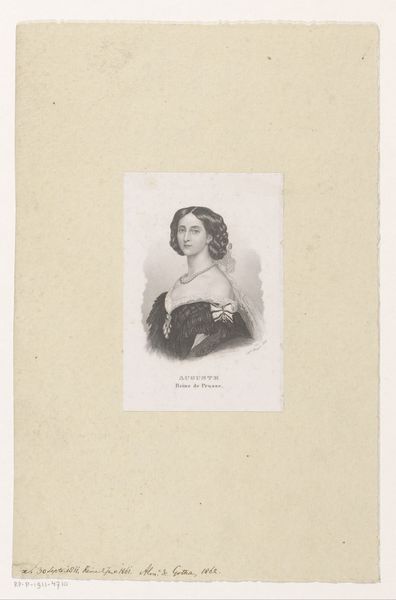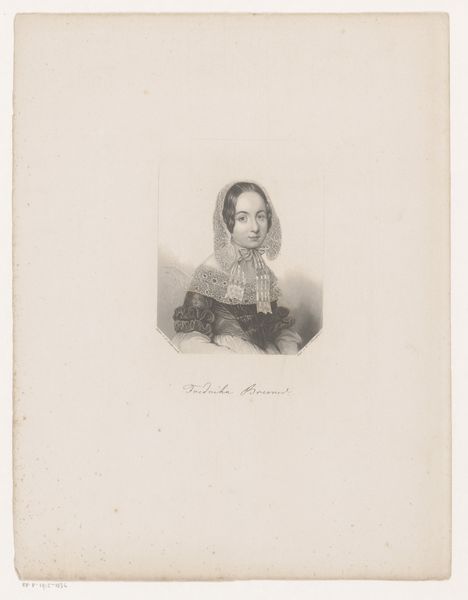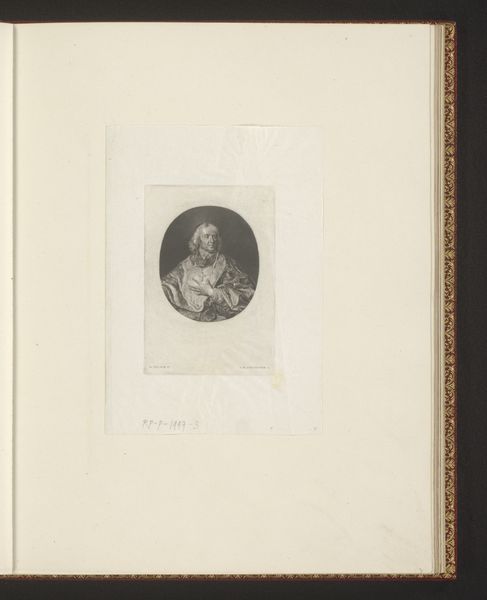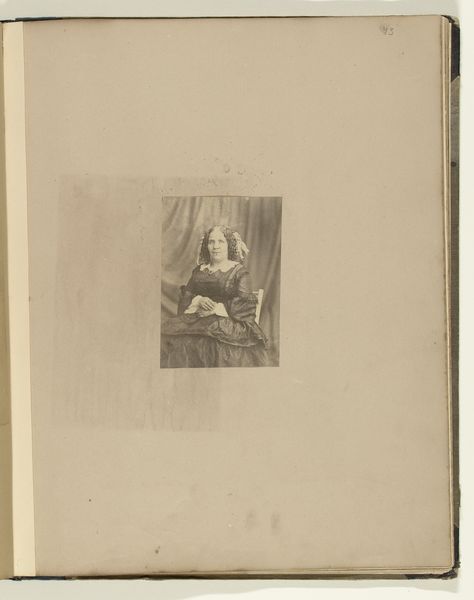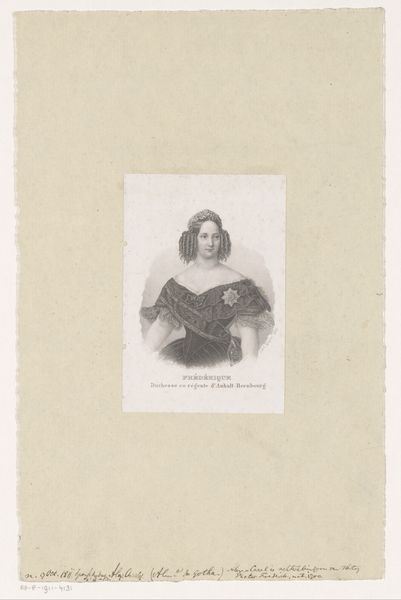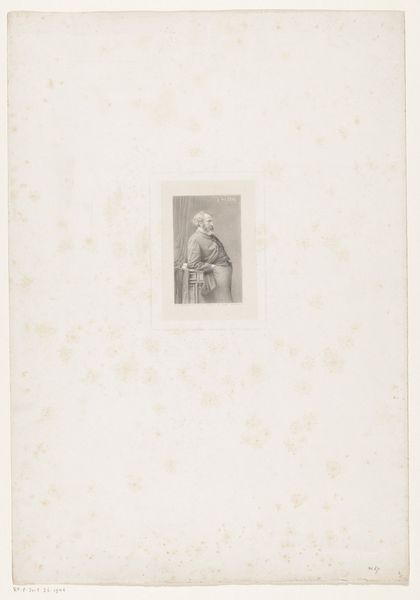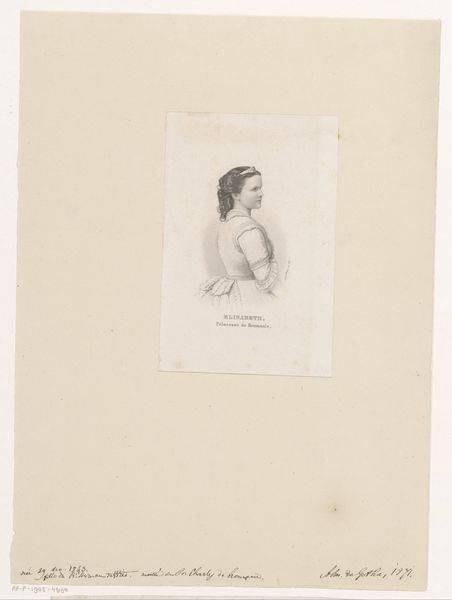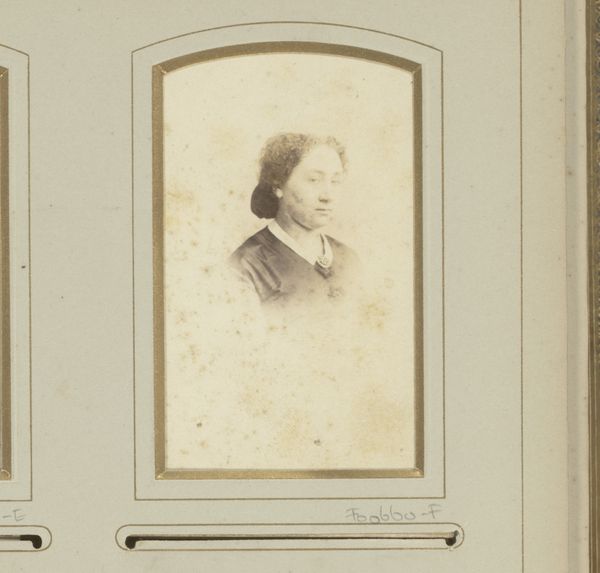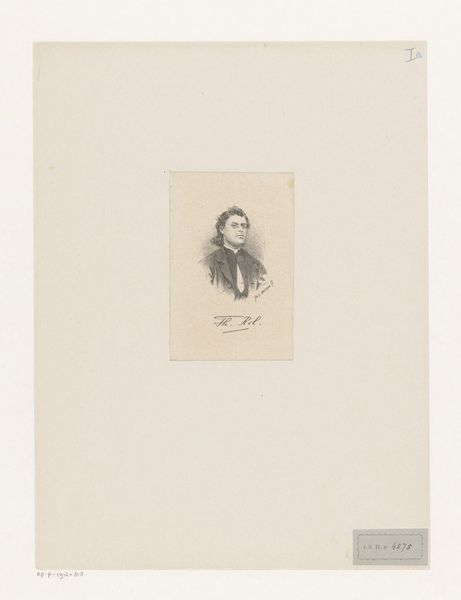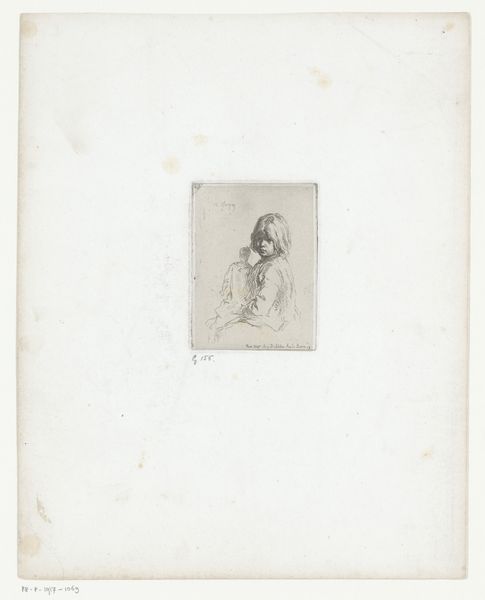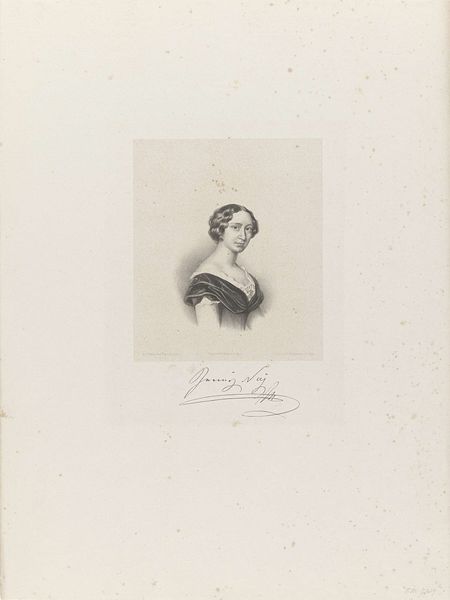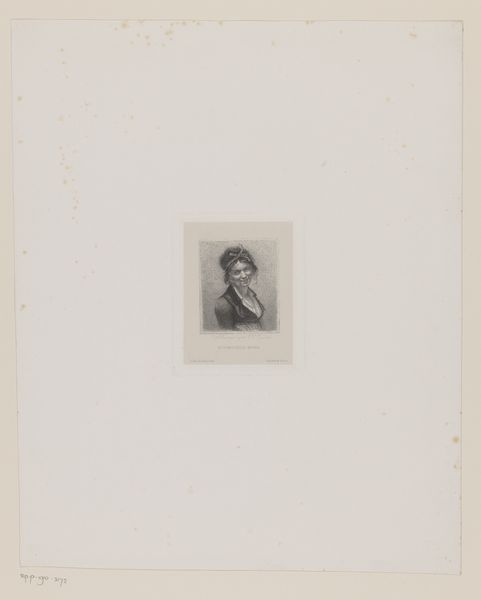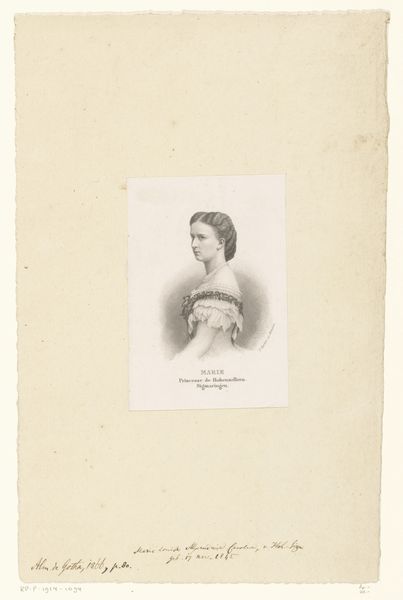
Dimensions: height 95 mm, width 71 mm
Copyright: Rijks Museum: Open Domain
This is Léopold Flameng's “Portret van Charles Asselineau,” an etching rendered in ink on paper. The etching process is quite labor-intensive. The artist covers a metal plate with a waxy ground, then scratches an image into it with a needle. This exposes the metal, which is then submerged in acid. The acid bites into the lines, creating grooves. Ink is then applied to the plate, filling these grooves, and the surface is wiped clean. Finally, the plate is pressed onto paper, transferring the image. The very precision and detail achievable through etching, seen here in the delicate rendering of Asselineau's features, was perfectly suited to the burgeoning print market of the 19th century. Etchings allowed for relatively inexpensive reproductions, widening access to art and fueling a growing culture of visual consumption. This print, therefore, isn't just a portrait; it's a product of its time, shaped by the demands of the market and the possibilities of industrial production.
Comments
No comments
Be the first to comment and join the conversation on the ultimate creative platform.
